DROPS Karisma
A superwash treated wool classic
from:
2.19€
per 50 g
Content: 100% Wool
Yarn Group:
B (20 - 22 stitches)
/ 8 ply / DK / worsted
Weight/length: 50 g = approx 100 m
Recommended needle size: 4 mm
Knitting tension: 10 x 10 cm = 21 sts x 28 rows
Care: Machine wash on gentle cycle 40°C / Don’t use fabric softener / Dry Flat
Superwash: yes
Made in: EU
Raw material origin: Wool from South America
This yarn has an Oeko-Tex® certification (certificate number 25.3.0110), Standard 100, Class I from the INNOVATEXT TEXTILE ENGINEERING AND TESTING, HUNGARY. This means that is has been tested for harmful substances and is considered safe in human-ecological terms. Class I is the highest level, and it means the yarn is suitable for baby articles (ages 0-3).
DROPS Karisma is a 4 strands sport yarn with great shape stability that is superwash treated, which means that it’s machine washable and perfect for everyday use.
Soft and comfortable to the skin, DROPS Karisma has been one of the most popular qualities in our classic wool range since its first introduction in Scandinavia during the 1980s, and is supported by an extensive library of free patterns.
Read more about our products' sustainability here
Please be aware that the colours shown may vary from screen to screen in the same way that shades may vary slightly from dye lot to dye lot.
How do I care for this yarn?

Machine wash on gentle cycle 40°C / Don’t use fabric softener / Dry Flat
First of all, consider just airing the garment, instead of washing it. If you still desire to wash it, here are some guidelines:
- Machine wash superwash treated wool - separately - using a wool/gentle cycle program at 40ºC with a light centrifugation (about 800rpm), and wool detergent without enzymes or optical brighteners.
- Don’t use fabric softener with superwash treated yarn.
- NEVER leave the garment to soak/wet in the washing machine for a long period of time.
- To dry the garment, shape it and lay it flat - do not hang - ideally on a warm bathroom floor or on top of a drying rack in a room with good air circulation. Never dry the garment in direct sunlight.
- Don’t tumble dry.
- Never iron the garment directly. Use always a damp cloth between your steaming iron or regular iron and the garment.
Note: If you are washing a project made with this yarn combined with another, the general guideline is to follow the washing instructions for the most delicate of the yarns you are working with.
Do you have a question about this yarn?
See a list of frequently asked questions (FAQ) about our yarns.
1) What type of fibers make the DROPS yarns?
Yarn can be made from a large number of natural and synthetic fibers. DROPS carries mainly yarns made from wool, cotton, alpaca, linen, mohair and silk. Each fiber type has its own qualities, and they are often mixed to take advantage of the best properties of each one. Coarse yarn has the advantage of being stronger and more durable, and finer fibers offer more softness and comfort. Here a bit about the main fibers we carry:
Alpaca:
Alpaca fleece is the natural fiber harvested from an alpaca, and it is similar in structure to sheep wool fiber. Its softness comes from the small diameter of the fiber, similar to merino wool. It is a soft, durable, luxurious and silky natural fiber. Yarn made from alpaca fibers does not felt or pill easily, and it can be light or heavy in weight, depending on how it is spun. While similar to sheep’s wool, it is warmer, not prickly, and has no lanolin, which makes it hypoallergenic. Alpacas come in 22 natural colors, with more than 300 shades from a true-blue black through browns-black, browns, white, silver and rose-greys.
Mohair:
This fiber comes from the Angora goats, and it's considered a luxury fiber. Mohair yarn is warm as wool, but much lighter in weight; it is durable, dyes well and does not felt easily. Mohair fibers have also a distinctive luster created by the way they reflect light. Despite being a hard fiber, mohair is usually spun into a very fluffy yarn, resulting in airy and lustrous garments.
Wool:
The wool fibers come from the skin of sheep and are relatively coarse fibers. Two striking characteristics of wool are its susceptibility to heat and its felting property, which is caused by the scales on the surface. Depending upon the breed of sheep, the appearance of the wool varies.
Wool from Merino sheep is considered the finest type of wool, having as characteristics that is finely crimped and soft. All the Merino wool in the DROPS yarns has its origins in South America, coming from sheep that have not been subject to Mulesing.
Pure new wool is wool made directly from animal fleece, and not recycled from existing wool garments.
Machine washable wool is wool treated chemically to minimize the outer fuzzy layer of the fibers, and be therefore fitable for machine wash (see Superwash).
Silk:
The silk fiber is a fine continuous fiber produced from the cocoon of a moth caterpillar known as the silkworm. While silkworm is cultivated, the wild or tussah silk is obtained from uncultivated silkworm cocoons. Silk fiber is one of the strongest natural fibers and makes a wonderful knitting yarn. It blends really well with other fibers, especially wool. Silk also dyes beautifully with natural dyes.
Vegetable fibers:
There are several varieties of vegetable fibers, found in the cell walls of plants or vegetables. Of all the varieties, two are recognized as major knitted or textile fibers. They are cotton and linen.
Cotton is the fiber surrounding the seeds in a cotton pod, and it is almost pure cellulose. Cotton is usually white in color but there are green and brown varieties as well. The cotton fiber is most often spun into yarn or thread and used to make a soft, breathable textile that is good for summer clothing and accessories, making a weaker yarn than silk or linen but stronger than wool.
Mercerized cotton is cotton that has been through a mercerization treatment. This treatment gives cotton fabrics and threads a lustrous yarn that is more lustrous than conventional cotton. It is also stronger, takes dye a little more readily, makes the yarn more resistant to mildew and reduces lint. It also may not shrink or lose its shape as much as "regular" cotton.
Linen is a fiber derived from the stalk of the flax plant that is durable and stronger than any other fiber. The linen fiber is relatively soft, straight and lustrous and becomes more beautiful with age. Linen is more comfortable to wear in hot temperatures than cotton, due to the fact that it absorbs moisture better and dries more quickly.
Other materials used in our yarns include synthetic fibers such as acrylic, viscose, polyamide (nylon) and polyester. These fibers are used mostly to give strength to a yarn (like our sock yarn, DROPS Fabel) or a special kind of structure (like our blown yarn, DROPS Air).
The polyamide fibre, commonly known as nylon, is very strong, durable, lightweight, easy to care for (can be machine washed and dried), and elastic, which makes it perfect for blending with other fibres to produce hard-wearing yarns like sock yarn.
Compared to polyester, polyamide is softer and more flexible, but it also absorbs more water and dries slower.
3) What type of information can I find on the DROPS yarn labels?
All DROPS yarn labels include information about fiber content (wool, cotton, etc.), weight in grams and ounces, length in meters and yards, washing instructions and symbols (explained here), color number, dye lot number and yarn group information.
4) What are the DROPS yarn groups?
All DROPS yarns are classified into 6 different thickness groups (A to F). Yarns in a same group have similar knitting tension/gauge, and can therefore be interchanged in patterns; however the length may be different, so when substituting always calculate the amount of meters/yards needed for the pattern to know the amount of yarn you need to get.
5) Can I use a different yarn than the one mentioned in the pattern?
Yes, as long as the yarn can be worked in the same knitting tension/gauge. Always swatch to make sure you get the same number of stitches in width and rows in height as given in the pattern.
Remember that different yarns with different textures, will give the garment different looks. The yardage/length may also be different, so when substituting always calculate the number of yards needed, in order to know the amount of yarn you need.
Read more about how to calculate the amount of an alternative yarn - and how to replace 1 thread of a yarn with 2 or more of another, here.
6) What does it mean when a yarn is “Superwash”?
A superwash wool is a special wool product that has been treated or processed in a way that allows it to be machine washable. Many people are afraid to work with wool because it is so easy to shrink (though some shrink wool on purpose) and superwash wool can allow them to work with great fibers without worry. (Read more here).
7) What does “Oeko-Tex® certified” means?
The Oeko-Tex® Standard 100 was introduced at the beginning of the 1990s as a response to the needs of the general public for textiles which posed no risk to health. The Oeko-Tex® Standard 100 is a globally uniform testing and certification system for textile raw materials, intermediate and end products at all stages of production. The test for harmful substances comprise substances which are prohibited or regulated by law, chemicals which are known to be harmful to health, and parameters which are included as a precautionary measure to safeguard health.
For more info go to www.oeko-tex.com
10) How accurate are the colours on the shade cards online?
When obtaining images for the shade card, we do our best to achieve the highest level of color accuracy. Unfortunately, we cannot guarantee how images will appear on your computer screen. Every monitor displays color differently, some colors might look darker than they really are, and some colors might be more saturated on some screens. If you experience that many of the yarn colors looks different on your screen than the actual color of the skeins, you can adjust the setting on your monitor.
11) What is a micron? What does super fine / extra fine mean?
The fineness of yarn fibers is measured in microns (thousands of millimeters). Super fine alpaca wool is 26-28 microns. Fine merino wool is less than 21.5 microns and extra fine merino is under 19.5 microns. The less microns the softer and more delicate a quality can be, the more microns the more hard wear the quality will be.
The reason why the microns in a yarn’s fibers are important is that the yarn will eventually become something else, and how delicate or coarse a yarn is will determine in part what we use it for. That’s why we recommend the softest yarns (like DROPS Baby Merino) for baby clothing, or why we choose to use a more hard wear yarn like DROPS Snow, for a seating pad or slipper.
12) Why are the colours in my skeins of print yarn different?
The reason why two skeins of a same print yarn look different can be 1) that both skeins are part of different dye lots; 2) that the skeins have been dyed using a technique called "magic print" (the one used for example in DROPS Delight), which provides unique patterns and smooth colour transitions to each skein, meaning also that within one dye lot, lighter or darker varieties might appear. This is no fault or defect, but part of the yarn's character.
13) My store doesn’t have the colour I want, what can I do?
If your DROPS store doesn’t have the yarn colour you want, try contacting a DROPS Super Store (the ones with the golden badges) - they will make sure to get a hold of the colour even if they don’t have it in stock themselves. See a list of all DROPS stores here.
14) Where can I find a specific dye lot of a colour?
Always try contacting your DROPS store first. If they do not have the dye lot you want we recommend you to ask other knitters and crocheters in the DROPS Workshop in Facebook or Ravelry, which may have the dye lot in their stash and might be willing to part from it.
Yarn sheds because there's not enough twist to hold all of the fibers together. All yarns have excess fibers (from production) that might come off as lint or shedding, in varied degrees that depend on how the yarn is spun. Brushed yarns ("hairier" yarns) like DROPS Melody, have more of these loose fibers than other yarns, and therefore shed more. Shedding also depends on what is worn under or over the garment, and whether this pulls at the yarn fibers. It’s therefore not possible to guarantee that there will be no shedding.
Below are some tips on how to get the best result when working with hairier yarns:
- When the garment is finished (before you wash it) shake it vigorously so the looser hairs come off. NOTE: do NOT use a lint roller, brush or any method that pulls at the yarn.
- Place the garment in a plastic bag and put it in your freezer - the temperature will cause the fibers to become less attached to each other, and excess fibers will come off easier. Leave in the freezer for a few hours before taking it out and shaking it again.
- Wash the garment according to the instructions on the yarn label. Garments worked with hairier yarns usually need to be shaken once dry after washing, so that the hairs rise and any excess fibers can come off.
Pilling is a natural process that happens to even the most exclusive of fibers. It's a natural sign of wear and tear that is hard to avoid, and that is most visible in high friction areas of your garment like a sweater's arms and cuffs.
You can make your garment look as new by removing the pilling, using a fabric comb or a pill/lint remover.
How can I replace this yarn?
If you are looking to replace this yarn with another DROPS yarn, you can use another yarn within the same yarn group, or try our yarn converter!
Other yarns in Yarn Group B
Read more about replacing yarn.Have a problem with the DROPS yarn you purchased?
When you purchase yarn from the shade cards or patterns on our site, you are not buying directly from DROPS but from one of the hundreds of DROPS stores around the world. It is therefore important that you take contact with the DROPS store where you bought the yarn, and that you save the labels of all the skeins you purchased (they are your warranty).
The DROPS store you contact will assist you and escalate the claim if necessary. Find a list of DROPS stores here.
Comments / Questions (398)
![]() Iben Dohn wrote:
Iben Dohn wrote:
Hej Jeg er ved at strikke en bluse i Drops Karisma Colour 65 Dyelot 96691. Men jeg kan se jeg kommer til at mangle 3 ngl. Derfor vil jeg høre om I har dette garn på lager.... Jeg håber på I kan hjælpe mig.
03.06.2022 - 17:59DROPS Design answered:
Hej Iben, vi har desværre ikke, men prøv at skrive i DROPS Workshop på Facebook, her er der gode chancer for at få de 3 nøgler. Held og lykke!
08.06.2022 kl. 15:24
![]() Marga Loeve wrote:
Marga Loeve wrote:
Als ik mijn breisel van Drops Karisma mix was, blijft het dan even groot of wordt het soepeler en groter? Ik heb bijvoorbeeld ook gebreid met Drops Merino extra fine en als dat gewassen is, is het een stuk soepeler en groter. Dat scheelt echt heel veel. Is dat ook zo met de Karisma.
31.05.2022 - 21:05
![]() Marga Loeve wrote:
Marga Loeve wrote:
Als ik mijn breisel van Drops Karisma mix was, blijft het dan even groot of wordt het soepeler en groter? Ik heb bijvoorbeeld ook gebreid met Drops Merino extra fine en als dat gewassen is, is het een stuk soepeler en groter. Dat scheelt echt heel veel. Is dat ook zo met de Karisma.
31.05.2022 - 20:41DROPS Design answered:
Dag Marga,
Een kledingstuk dat gebreid is met DROPS Karisma kun je prima in de wasmachine wassen op de wolwas. Het zou niet uit horen te rekken. Bij Merino komt het preciezer met het wassen en rekt het sneller uit,
12.06.2022 kl. 21:26
![]() Bea Keve wrote:
Bea Keve wrote:
Ik wil het scandinavisch patroon 53-23 gaan breien . In de patroonbeschrijving staat dat je het met Karisma superwash breit op nld 3.5 Bij de Karisma wol beschrijving staat breien op nld 4. Welke naald maat moet ik kiezen ?
21.05.2022 - 17:19DROPS Design answered:
Dag Bea,
Het patroon is hierin altijd leidend. De maat van de naald kan soms afwijken om een wat een strakker of juist losser effect te krijgen. Maak wel altijd een proeflapje om te controleren of de stekenverhouding overeenkomt met de stekenverhouding in het patroon en pas evt. de naalddikte aan om de juiste stekenverhouding te krijgen.
23.05.2022 kl. 17:16
![]() Ulrike Lustfeld wrote:
Ulrike Lustfeld wrote:
Guten Tag, ich möchte zu meiner Karisma mix in dunkelgrau Colour:16 die passenden Farbnummer: 1969 nachbestellen. Leider war die Mengenempfehlung für den Agnes Sweater nicht richtig. W kann ich weitere 5 Knäule bekommen? Mit freundlichen Grüßen Ulrike Lustfeld
19.05.2022 - 08:53DROPS Design answered:
Liebe Frau Lustfeld, am besten wenden Sie sich bitte direkt an Ihrem DROPS Laden, dort wird man Ihnen gerne weiterhelfen. (Stimmt Ihre Maschenprobe in der Breite sowie in der Höhe?). Viel Spaß beim stricken!
19.05.2022 kl. 09:18
![]() Bea Keve wrote:
Bea Keve wrote:
Ik zou graag model 52-23 gaan breien , een rood-wit vest/jasje In de beschrijving van het jasje staat dat het gebreid wordt met Karisma superwash en de naalden die gebruikt worden zijn maat 2.5 en 3.5 In de beschrijving van de Karisma wol staat dat er gebreid moet worden met naald 4. Een groot verschil in naald maat . Wat moet ik nu kiezen ?
18.05.2022 - 12:40DROPS Design answered:
Dag Bea,
De naalden naalddikte die bij het patroon staat aangegeven kan afwijken van de naalddikte bij het garen, vanwege het beoogde effect van het patroon (wat een lossere of juist wat een strakker effect van de stof). Je kunt dus de naalddikte van het patroon aanhouden. Maak wel altijd een proeflapje en pas eventueel de naalddikte aan, zodat de stekenverhouding overeenkomt met de stekenverhouding in het patroon.
21.05.2022 kl. 16:19
![]() Sinikka wrote:
Sinikka wrote:
Minä olen kudottanut kuvio puseron Karima langasta jossa väreinä pohjaväri sininen Kuvio värit valkoine keltain ja punainen.Pohjaväri löysäsi väriä ja valkoinen on nyt vaalean vihreä. Kangas kukkulasta Torniosta olen ostanut langat.He eivät ala asiaa mitenkään selvittämään.T S Hurula
10.05.2022 - 21:25
![]() SYLVIE MORVAN wrote:
SYLVIE MORVAN wrote:
Bonjour, avez-vous des modèles qui associent Karisma avec une autre laine pour pouvoir tricoter avec des aiguilles 5, genre Kid silk ou autre ? Donc groupe B + A peut-être ! Merci beaucoup pour la réponse.
08.05.2022 - 08:11DROPS Design answered:
Bonjour Mme Morvan, retrouvez ici tous les modèles tricotés avec une laine du groupe B (comme Karisma) avec une autre laine (Kid-Silk par exemple), avec une tension de 16-17 mailles pour 10 cm. Bon tricot!
09.05.2022 kl. 09:05
![]() Bernadette Guth wrote:
Bernadette Guth wrote:
Bjr pour la taille 46 combien de pelote il faut pour le kimono je vous rmercie
03.05.2022 - 10:33DROPS Design answered:
Bonjour Mme Guth, vous trouverez la quantité requise pour chaque taille dans l'en-tête de chaque modèle, elle est indiquée au poids, soit par ex. 500 g DROPS Karisma /50 g la pelote = 10 pelotes. Si vous souhaitez utilisez Karisma en alternative, utilisez le convertisseur. Pour trouver votre taille, mesurez un vêtement similaire et comparez ces mesures à celles du schéma - cf cette leçon. Bon tricot!
03.05.2022 kl. 11:06
![]() Eini wrote:
Eini wrote:
Neuloin drops karismasta kaarroke paidan, paidassa oli 4eri väriä. Valitettavasti vaalea harmaa (44) dyelot 2904 huopui ensimmäisessä linkouksessa. Muut värit paidassa olivat normaalit. Kyllä pistää harmittaa kun paidan tekoon näin niin kovasti vaivaa.
01.05.2022 - 19:21
![]() Jorunn Andersen wrote:
Jorunn Andersen wrote:
Kan Karisma toves
25.04.2022 - 17:29DROPS Design answered:
Hej Jorunn. Karisma är superwashbehandlat och kan därför inte tovas. Mvh DROPS Design
27.04.2022 kl. 09:45
![]() MARTIN wrote:
MARTIN wrote:
Je vous remercie pour votre réponse. Toutefois je pensais plutôt au côté piquant de cette laine. Est-ce qu'elle est suffisamment douce pour les bébés ? Merci.
25.04.2022 - 08:57DROPS Design answered:
Bonjour Mme Martin, à titre d'exemple, vous trouverez des modèles bébé en Karisma ici; vous pouvez également utiliser DROPS Merino Extra Fine si vous le souhaitez (retrouvez des exemples de modèles bébé ici); votre magasin saura vous aider, même par mail ou téléphone. Bon tricot!
25.04.2022 kl. 09:01
![]() MARTIN wrote:
MARTIN wrote:
Bonjour, peut-on utiliser cette laine à même la peau sur les bébés ? Merci.
23.04.2022 - 22:59DROPS Design answered:
Bonjour Mme Martin, tout à fait, DROPS Karisma est certifié Oeko-Tex, Santard 100, Classe I: elle été contrôlée et qu'il ne contient aucuns produits chimiques nocifs, et donc sans danger pour les humains. La classe I est le niveau le plus élevé, ce qui signifie que le fil convient aux bébés (de 0 à 3 ans). Bon tricot!
25.04.2022 kl. 08:53
![]() Norunn-Bente Kaksrud wrote:
Norunn-Bente Kaksrud wrote:
Har dere Karisma farge 65, jeansblå, med innfarging nr 57002 Trenger 1 nøste for å ferdigstille en genser. Mvh Norunn-Bente Kaksrud
23.04.2022 - 13:48DROPS Design answered:
Hei Norunn-Beate. Vi selger bare kilovis til butikker. Men ta kontakt med en din butikk / en nettbutikk og hør om de har denne innfargingen. Ellers så anbefaler jeg deg å bruke diverse sosiale medier for håndarbeid (f.eks DROPS Workshop), der er det mange brukere som hjelper hverandre med etterlysning av garn og partinr. mvh DROPS Design
25.04.2022 kl. 07:32
![]() Elwira wrote:
Elwira wrote:
Dzień Dobry czy moglibyście Państwo dokładnie podać numery kolorów na zdjęciach nr 1 (odcienie pudrowe i malwy), zdjęcie nr 2 (róże i fiolety), zdjęcie nr 3 (żólcie i pomarańcze). Z góry dziekuję.
01.04.2022 - 09:41DROPS Design answered:
Witaj Elwiro, jakiego wzoru dotyczy Twoje pytanie?
01.04.2022 kl. 11:13
![]() Monica wrote:
Monica wrote:
Hallo, ik zag dat jullie weer leuke sokkenpatronen hadden voor Pasen. Maar helaas alleen maar in Karisma. Is Karisma wel geschikt voor sokken? Gaan sokken niet snel stuk met alleen maar wol erin? Er zit geen polyamide in zoals in sokkenwol. Dus voor ik sokken brei met Karisma zou ik hier graag wat meer over willen weten. Alvast bedankt!
18.03.2022 - 13:31DROPS Design answered:
Dag Monica,
Het klopt inderdaad dat Karisma uit 100% wol bestaat en dus geen polyamide bevat. Sokken met Karisma zijn dus meer geschikt als extra laagje warmte voor als je op de bank zit :) DROPS Fabel is wel echte sokkenwol, echter dit is dunner garen.
24.03.2022 kl. 15:10
![]() Karen wrote:
Karen wrote:
Do you deliver to Australia?
13.03.2022 - 10:56DROPS Design answered:
Dear Karen, you can find in the following link DROPS stores that ship to Australia: https://www.garnstudio.com/findastore.php?id=19&w=1&cid=19
13.03.2022 kl. 22:05
![]() Marie Fjordbakk wrote:
Marie Fjordbakk wrote:
Ei venninne har bestilt skyscraper vest i str xxl hos dere. Og jeg har fått i oppgave å strikke den. Har fått garn etter oppskriften, men måtte forlenge bolen med 10 cm pga hengemage. Må bestille 2 nøster ekstra i farge nr 21 og det andre tallet er 2898. Kan dere hjelpe meg? Mvh Marie Fjordbakk
09.03.2022 - 14:07DROPS Design answered:
Hej Marie. Ta kontakt med den forhandler som sålde garnet till dig (se orderbekräftelsen) så hjälper de dig. Mvh DROPS Design
09.03.2022 kl. 14:34
![]() Louise wrote:
Louise wrote:
Karisma er jo superwashbehandlet, men er det av typen som har en slags plastfilm over seg, eller har det gått gjennom en kjemisk prosess? Lurer på dette rett og slett fordi jeg prøver å begrense mengden mikroplast plaggene jeg lager slipper ut i vask :)
02.03.2022 - 22:58DROPS Design answered:
Hei Louise For at et garn skal bli superwash må det bli behandlet slik at de får en slags plastfilm over seg, men DROPS Karisma er Oeko-Tex® sertifisert (sertifikat nummer 25.3.0110), Standard 100, Class I. Dette betyr at det har blitt testet og er helt fri for skadelige kjemikalier og er trygt å bruke. Class I er det høyeste nivået. mvh DROPS Design
07.03.2022 kl. 08:28
![]() Inger Vaeng wrote:
Inger Vaeng wrote:
Hei! Dere har ikke tilfeldigvis Karisma farge nr. 47 Skogsgrønn, fargebad 88859 tilgjengelig. Har vært i kontakt med Strikkemekka der jeg kjøpte garnet, men de er utsolgt for dette fargebad. Jeg trenger 1 nøste for å få gjort ferdig genseren jeg holder på med. Venter spent på svar! Mvh Inger Vaeng
02.03.2022 - 12:00DROPS Design answered:
Hei Inger. Vi selger bare kilovis til butikker. Men ta kontakt med en annen butikk / en nettbutikk og hør om de har denne innfargingen. Ellers så anbefaler jeg deg å bruke diverse sosiale medier for håndarbeid (f.eks DROPS Workshop), der er det mange brukere som hjelper hverandre med etterlysning av garn og partinr. mvh DROPS design
07.03.2022 kl. 08:18
![]() Anu Nurila wrote:
Anu Nurila wrote:
Viimeksi ostamissani drops karisma langoissa tumman harmaa, on olkia lankpjen mukana. Miksi? Voinko lähettää kuvia ja näytteitä roskista mitä langoissa on. Hyvä lanka menetti nyt hyvyytensä.
27.02.2022 - 10:54
![]() Christine Nuttens wrote:
Christine Nuttens wrote:
Ce fil Karisma peut il remplacer un fil Letlopi pour tricoter le jacquard islandais? merci
04.02.2022 - 13:00DROPS Design answered:
Bonjour Mme Nuttens, je ne connais pas ce fil personnellement, vous pouvez probablement vous baser sur l'échantillon, votre magasin saura vous assister pour choisir le fil le plus adapté - même par mail ou téléphone. Bon tricot!
04.02.2022 kl. 16:15
![]() Liss Dideriksen wrote:
Liss Dideriksen wrote:
Jeg elsker dette garn,men har svært ved at få eks.skovgrøn mørk oliven 15 nøgleraf hver og lys eg også 15 ngl
03.02.2022 - 19:45
![]() Katja wrote:
Katja wrote:
Hei, neuloin viime kesänä kyseisestä langasta musta-keltaisen svartulv neuleen. Pesin sen nyt ensimmäisen kerran, koska oli todella likainen. Musta väri levisi pesussa ja tahrasi sitruunankeltaisen langan rumaksi ja suttuiseksi. Olen pettynyt lankaan, neuleessa oli iso työ ja siitä tuli kaunis ja pehmeä päällä. Nyt se on täysin pilalla.
03.02.2022 - 04:34






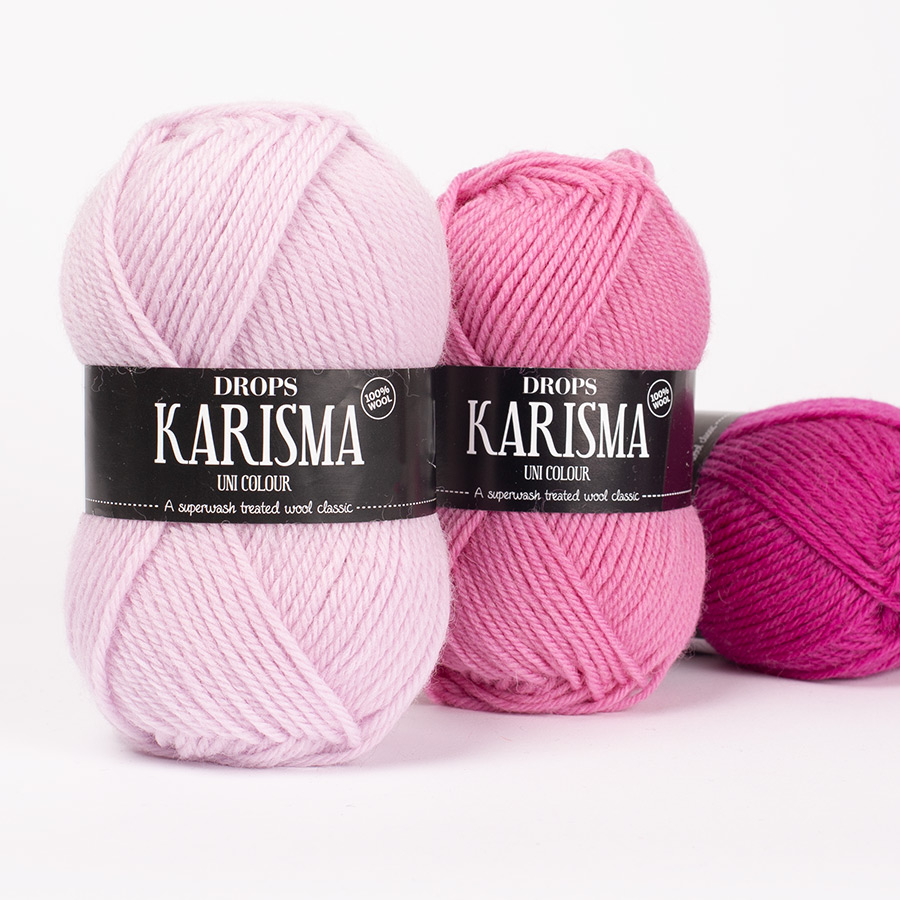
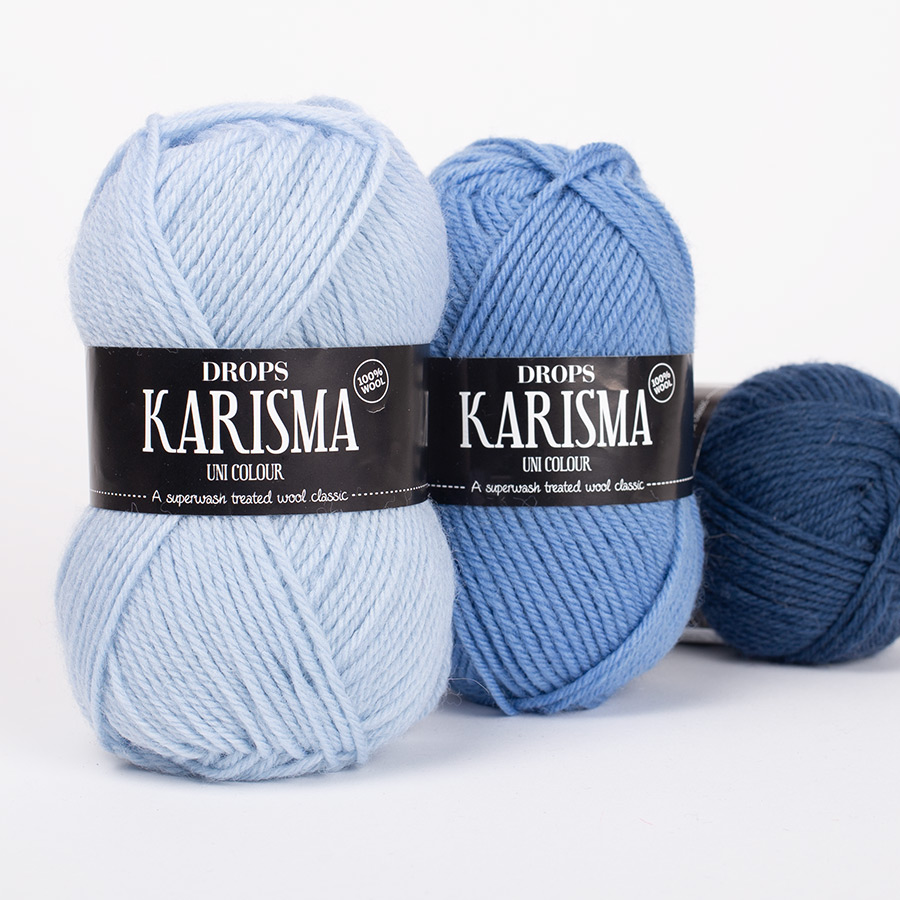
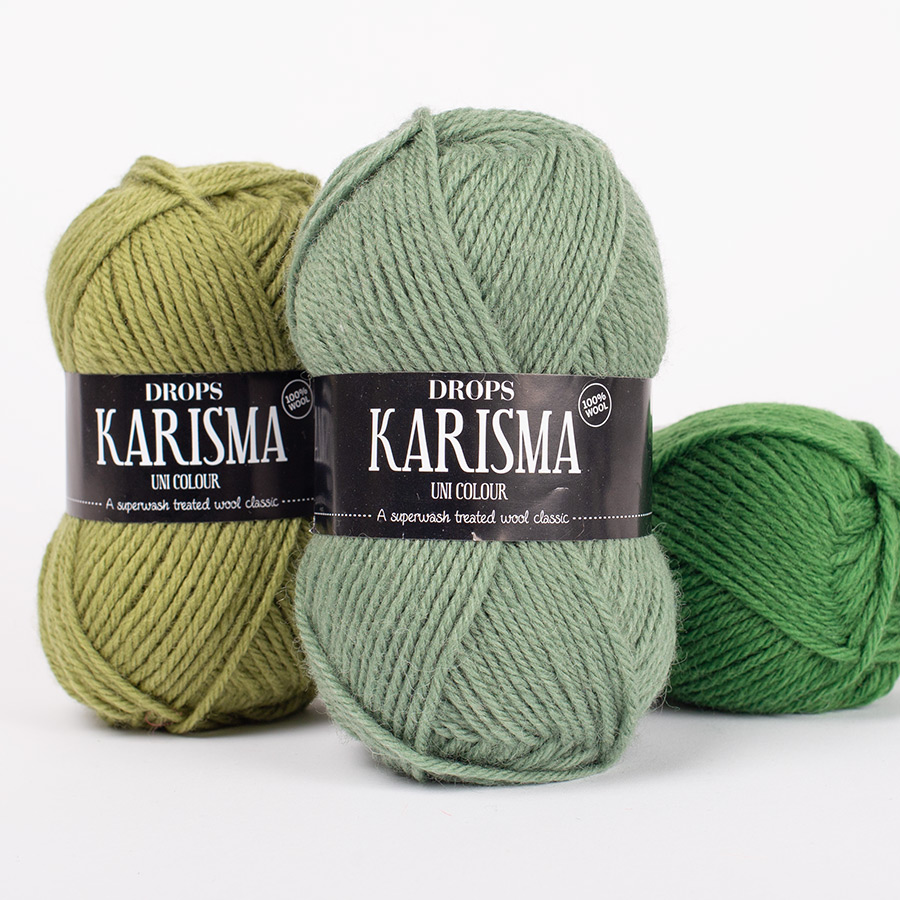
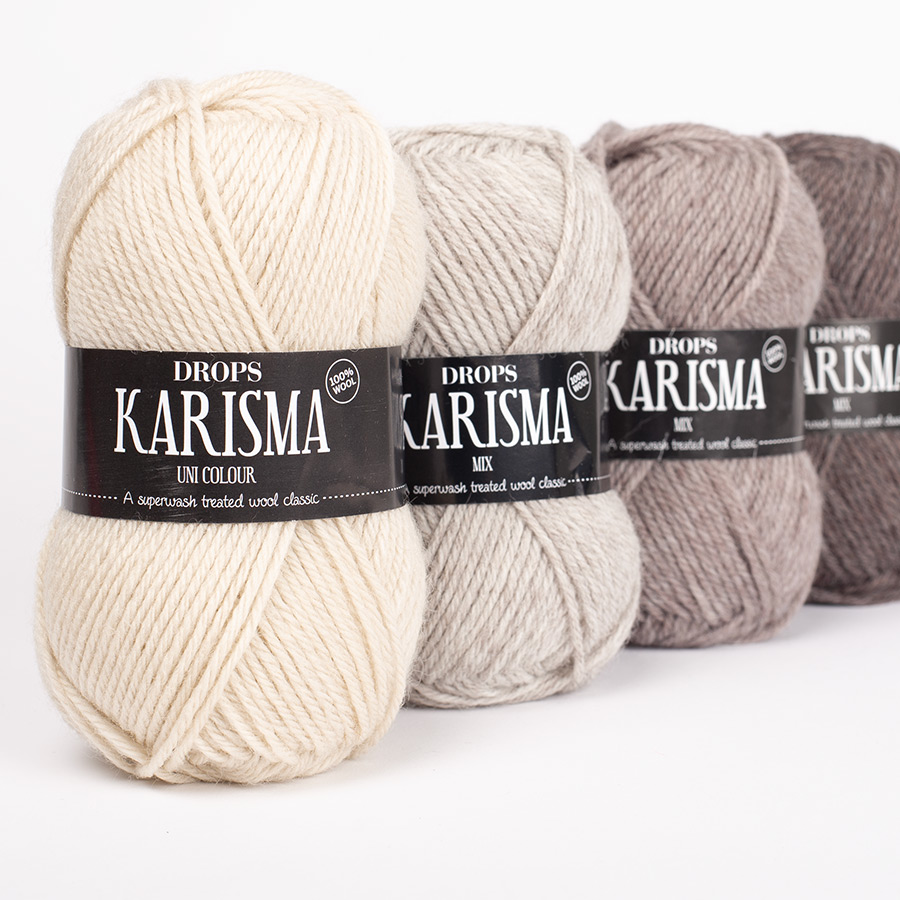
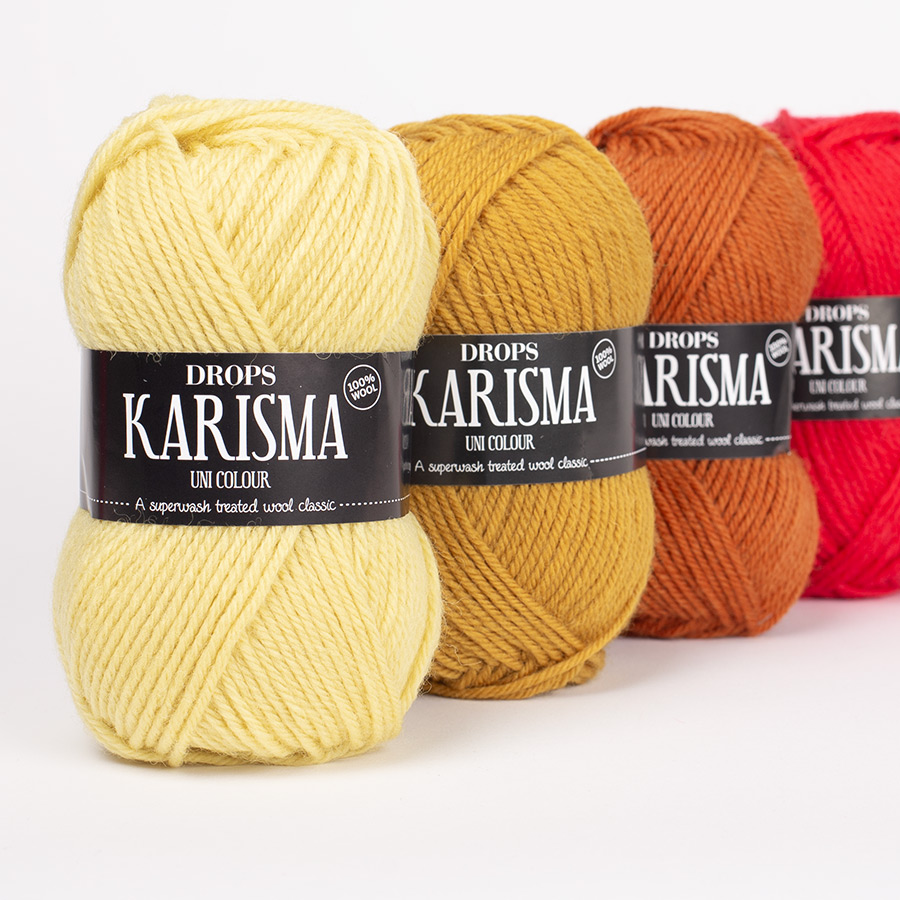
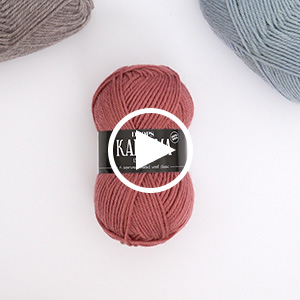











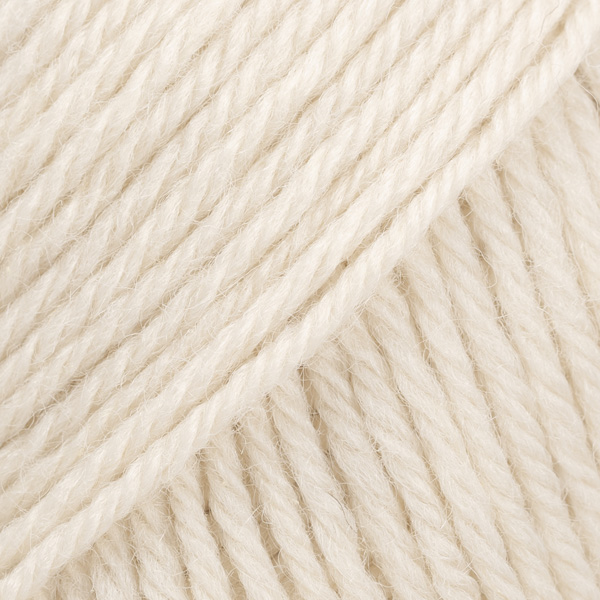










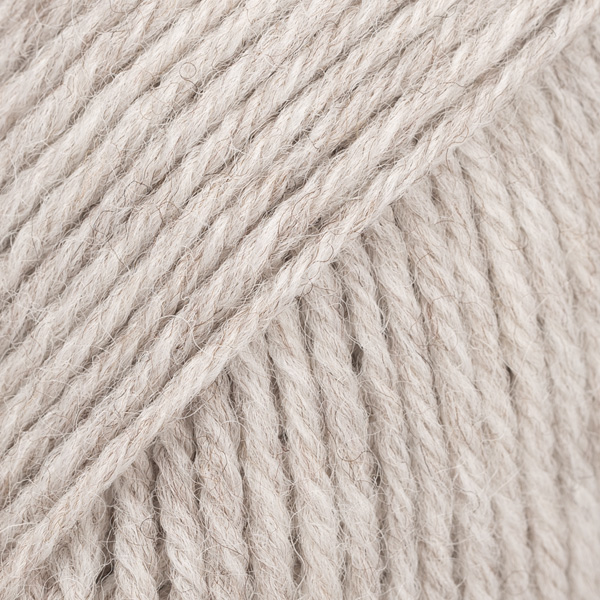



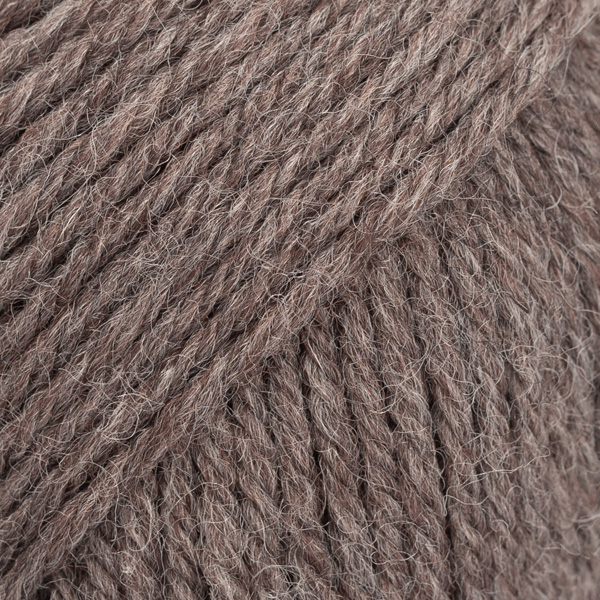

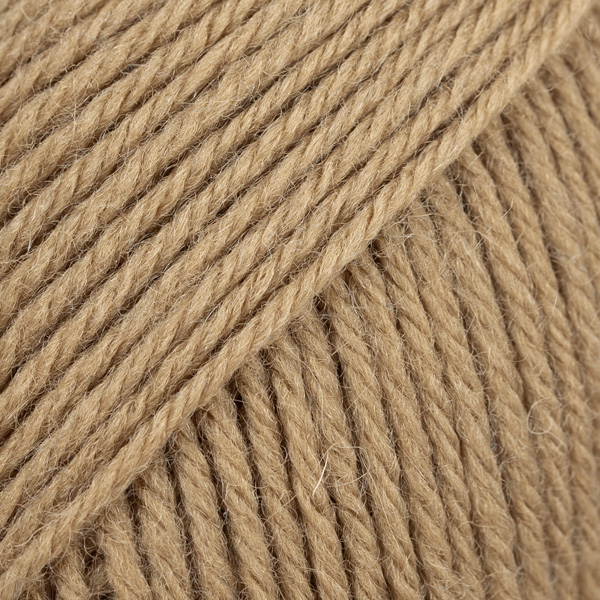

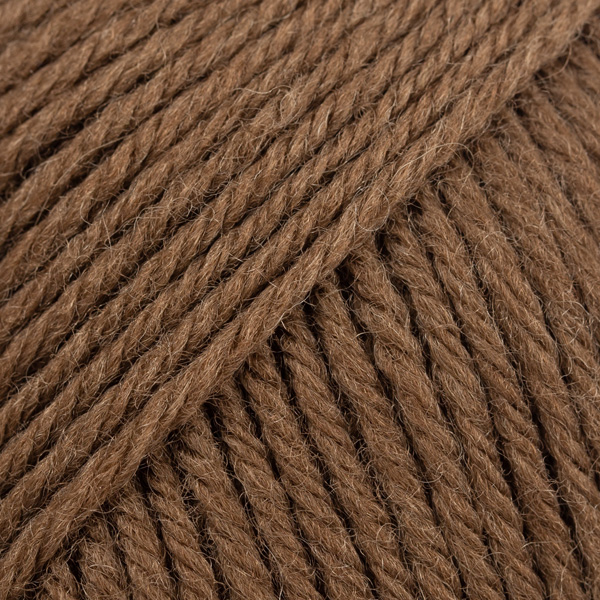






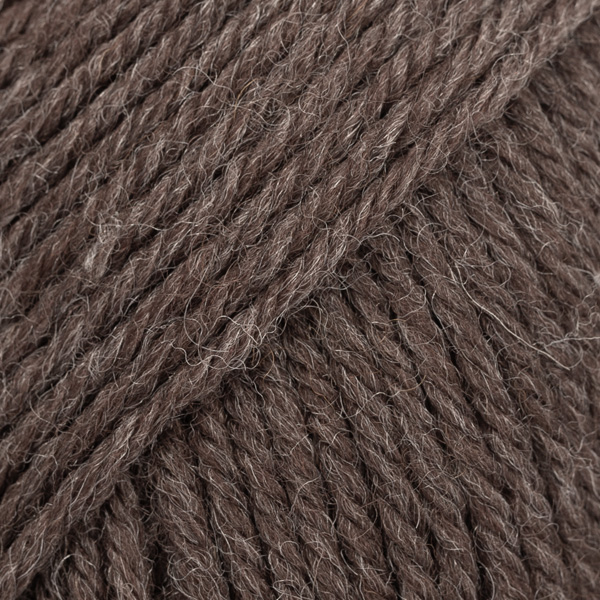

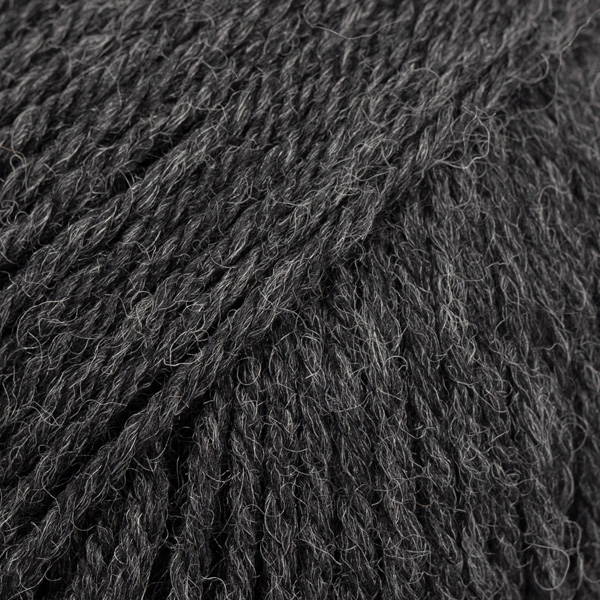








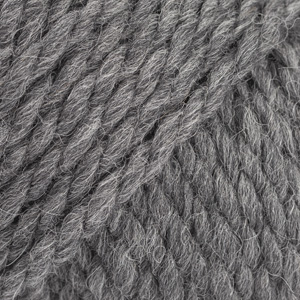









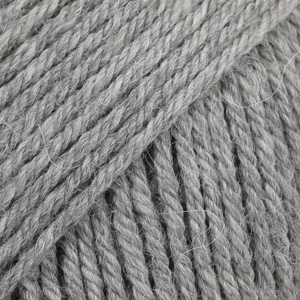





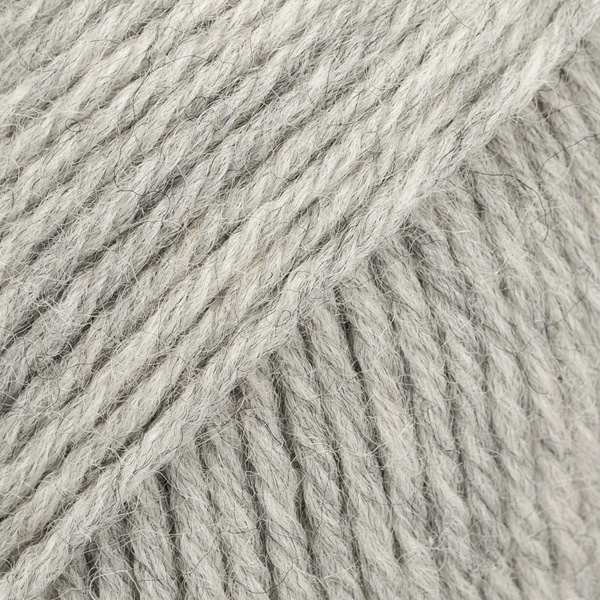




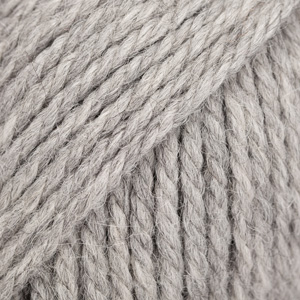

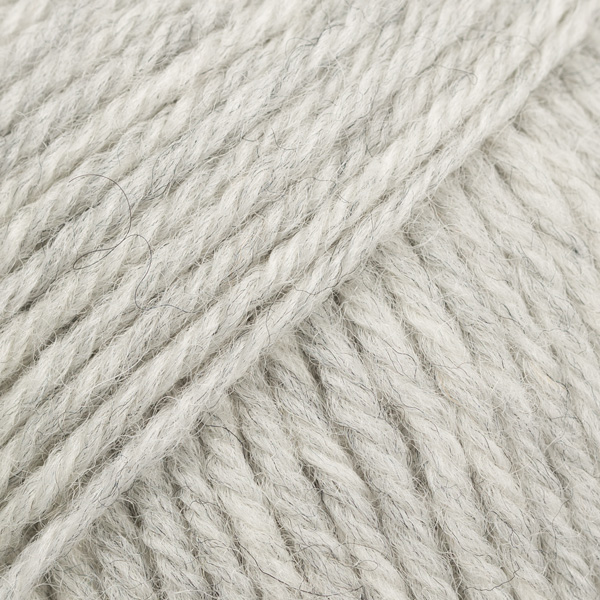

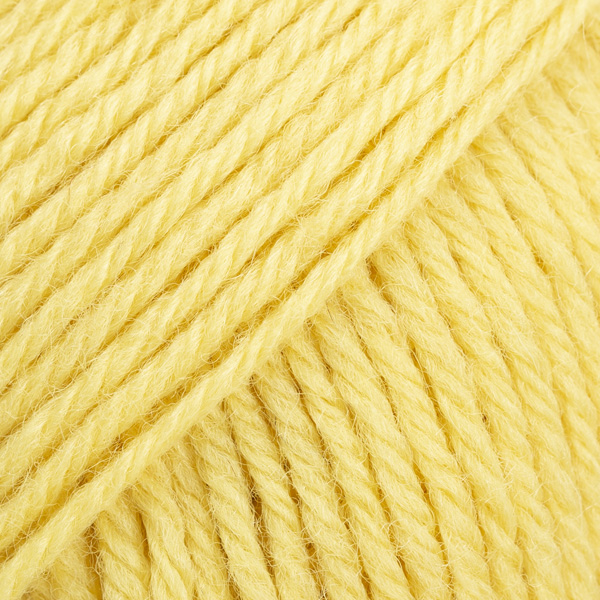


















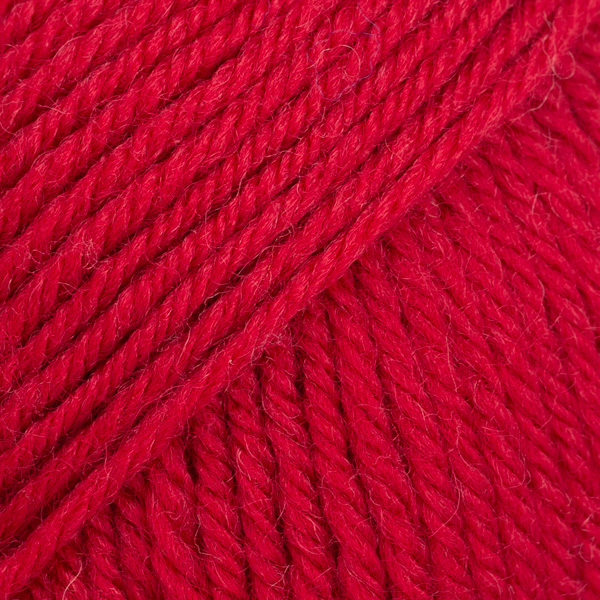




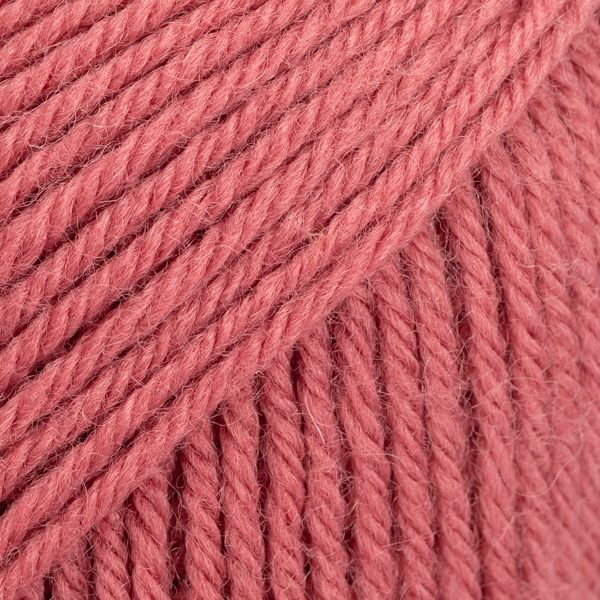

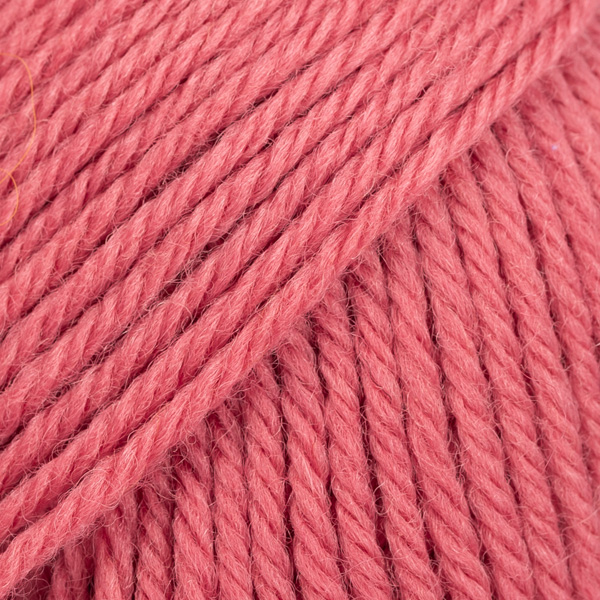

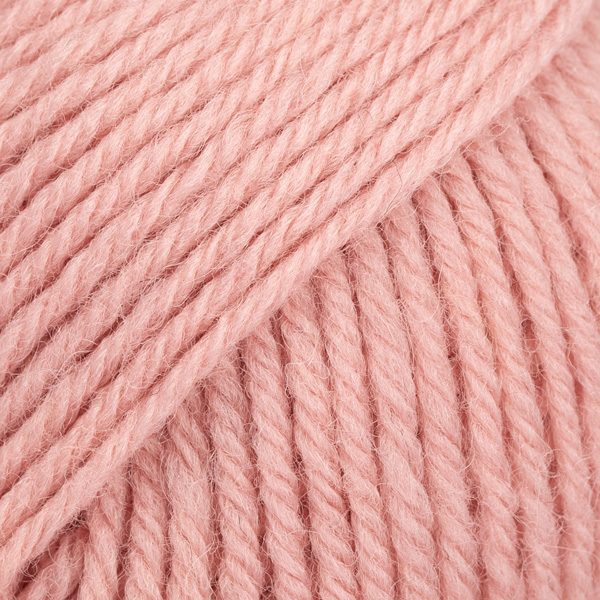

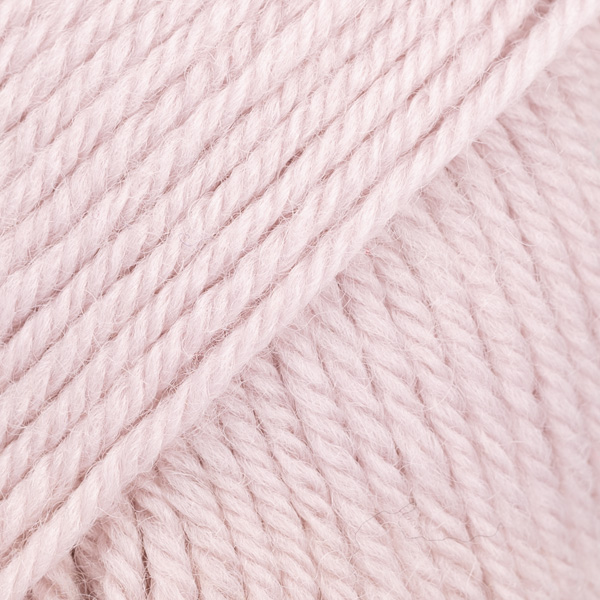

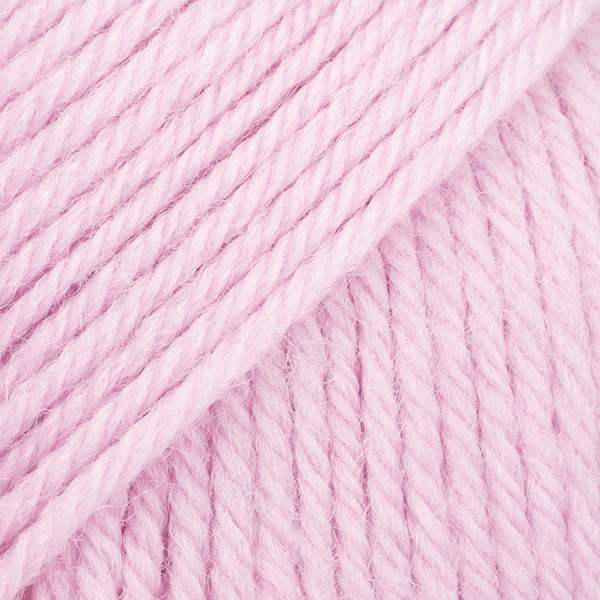
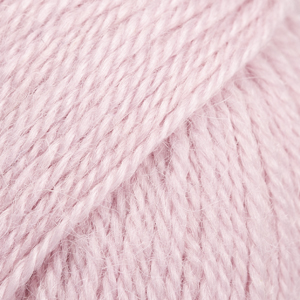
















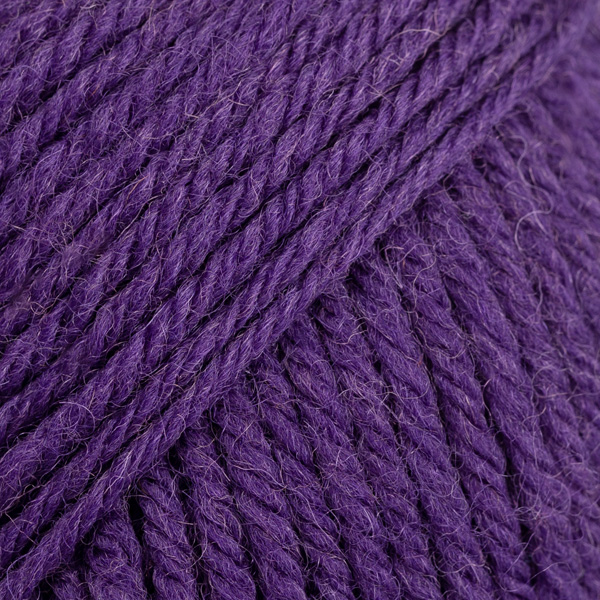
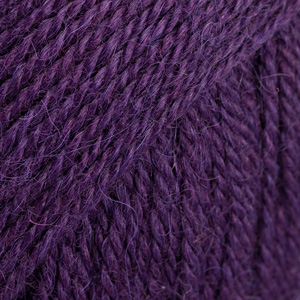



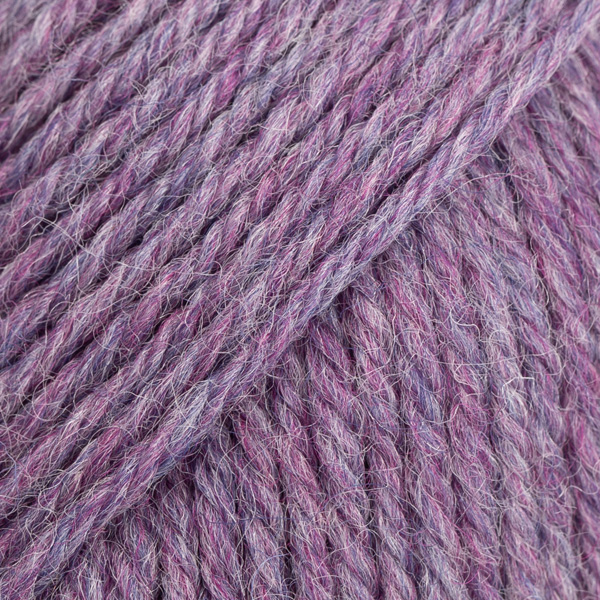
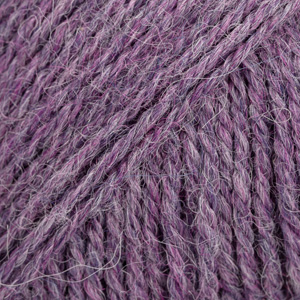



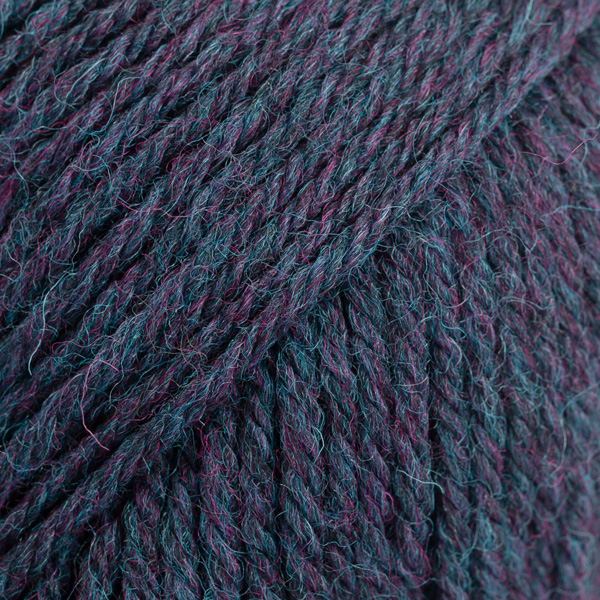




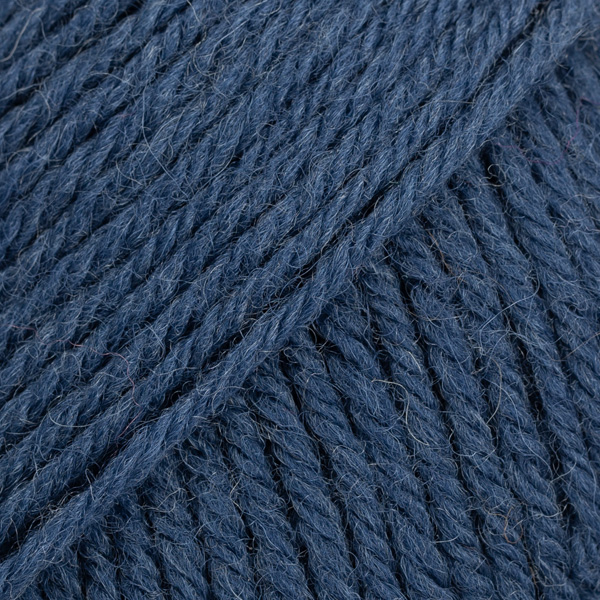





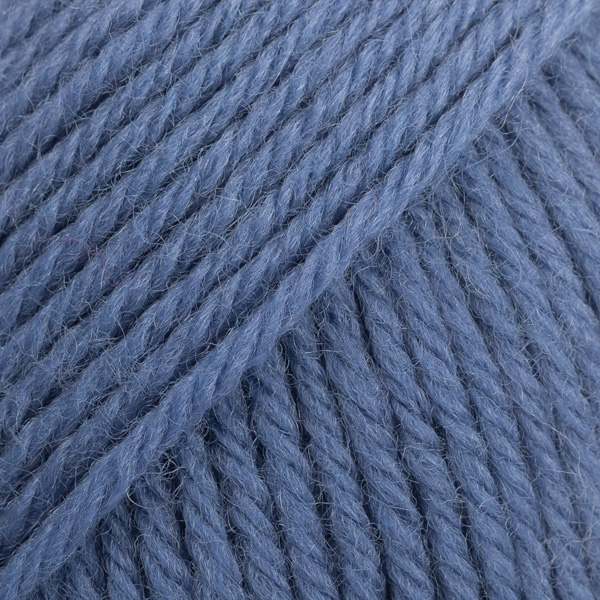

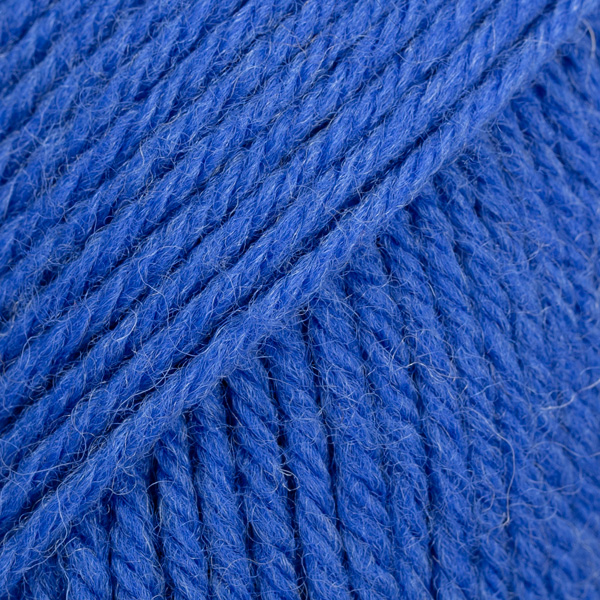











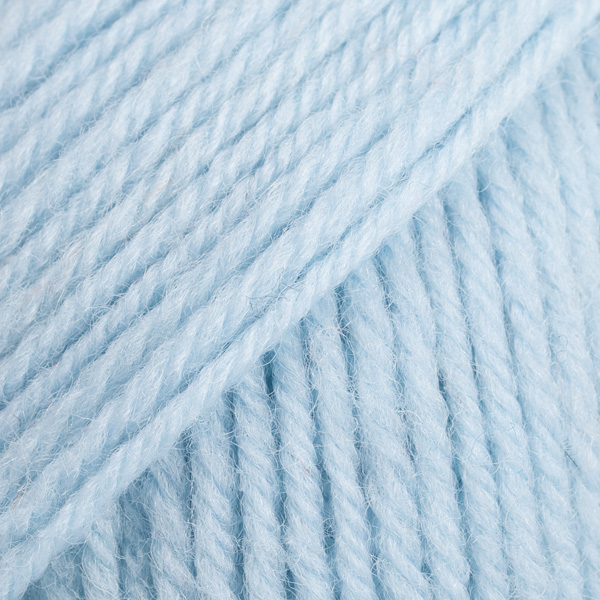



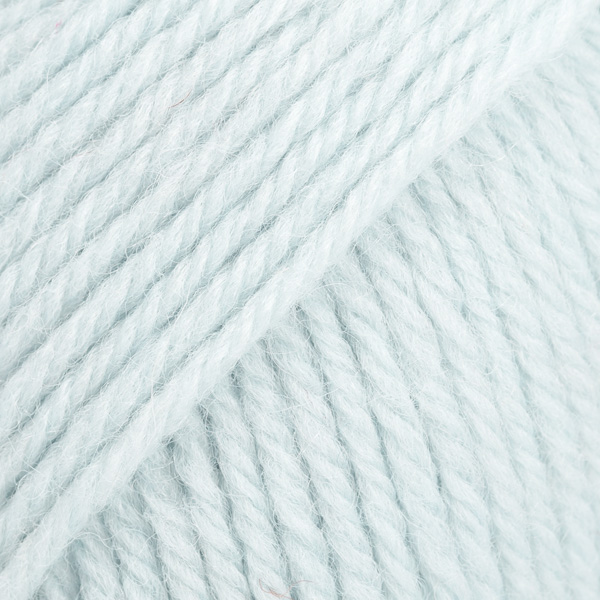



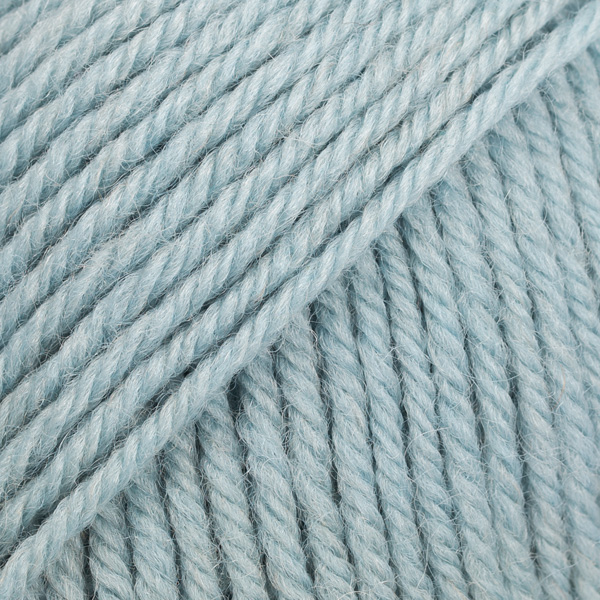



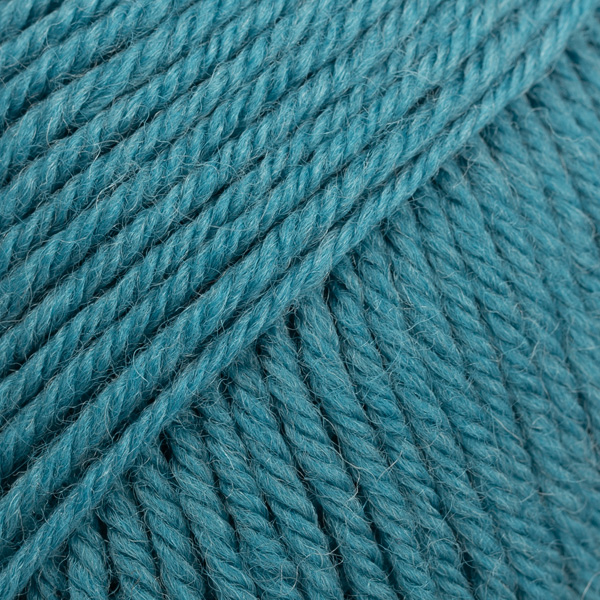





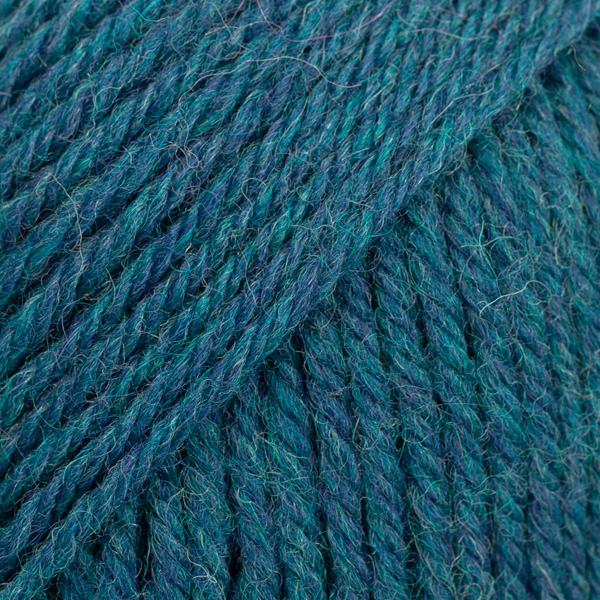
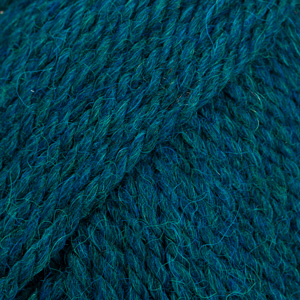


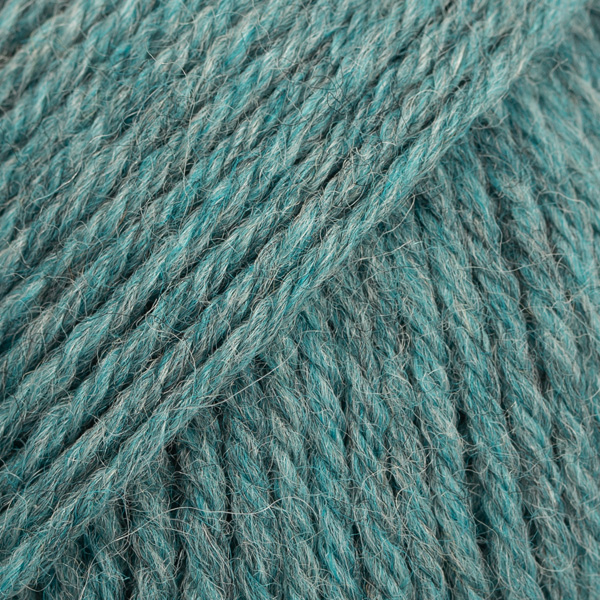




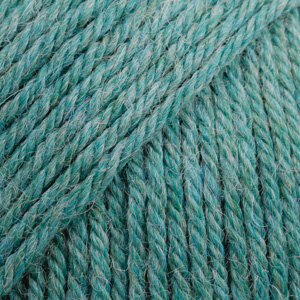




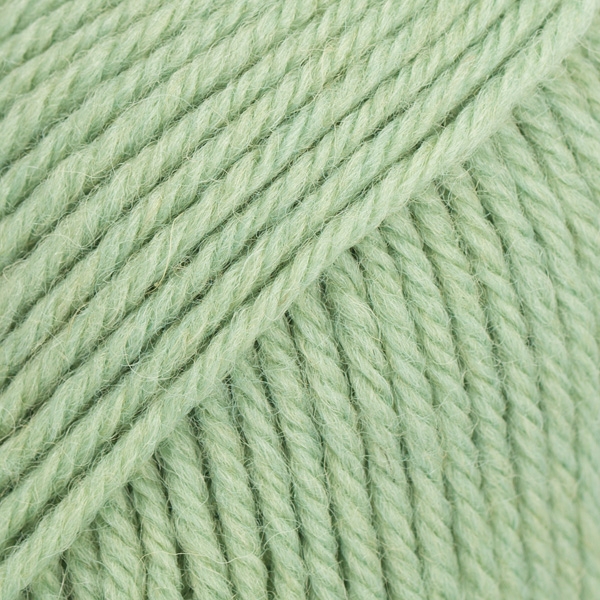

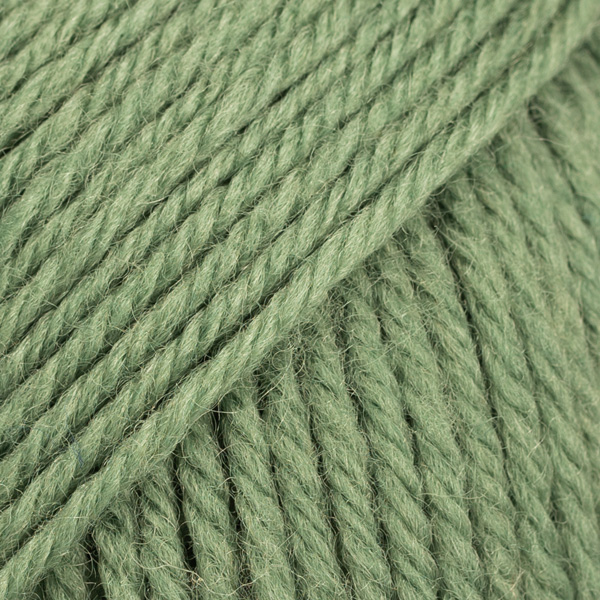

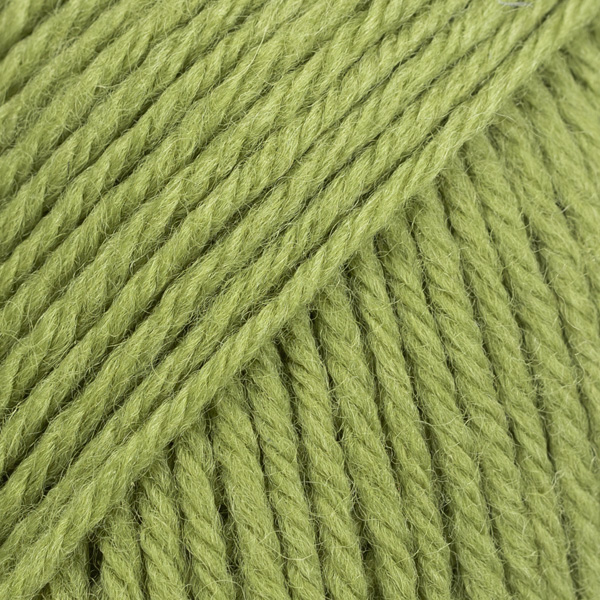

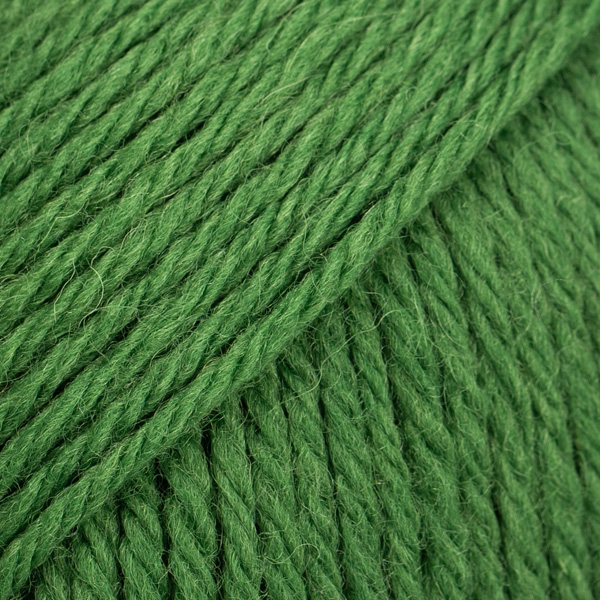




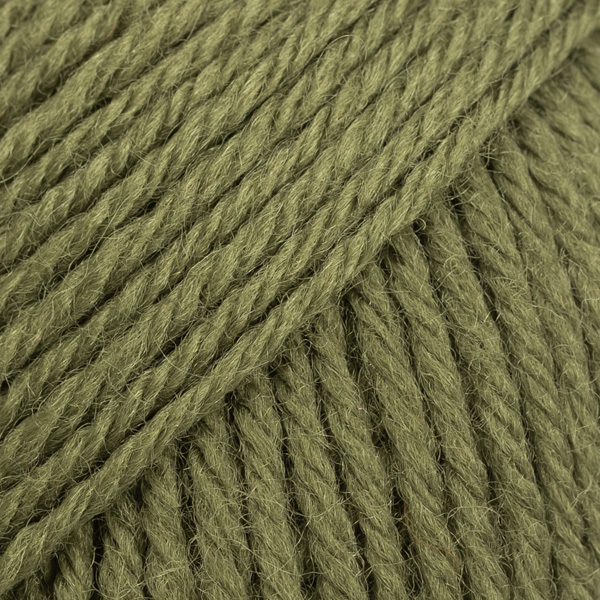






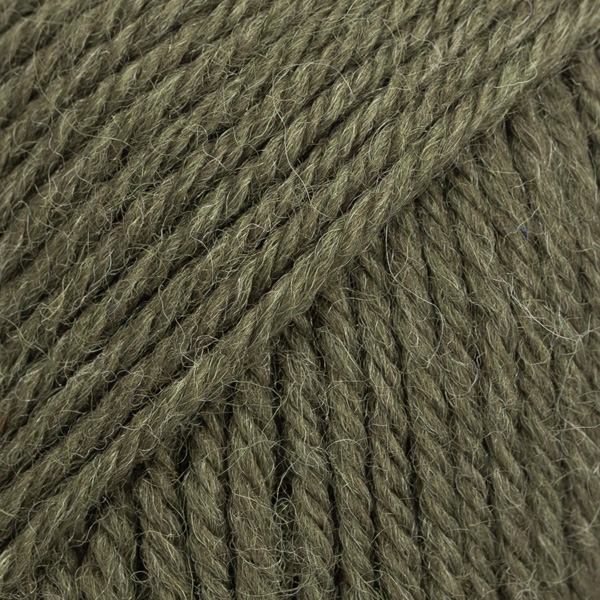

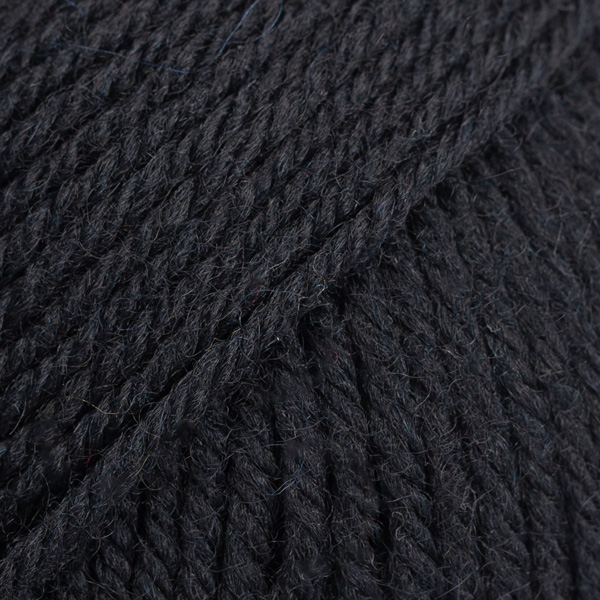

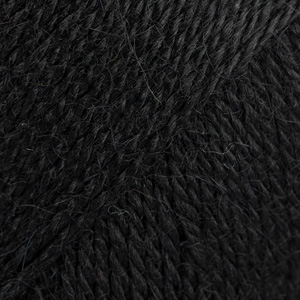

















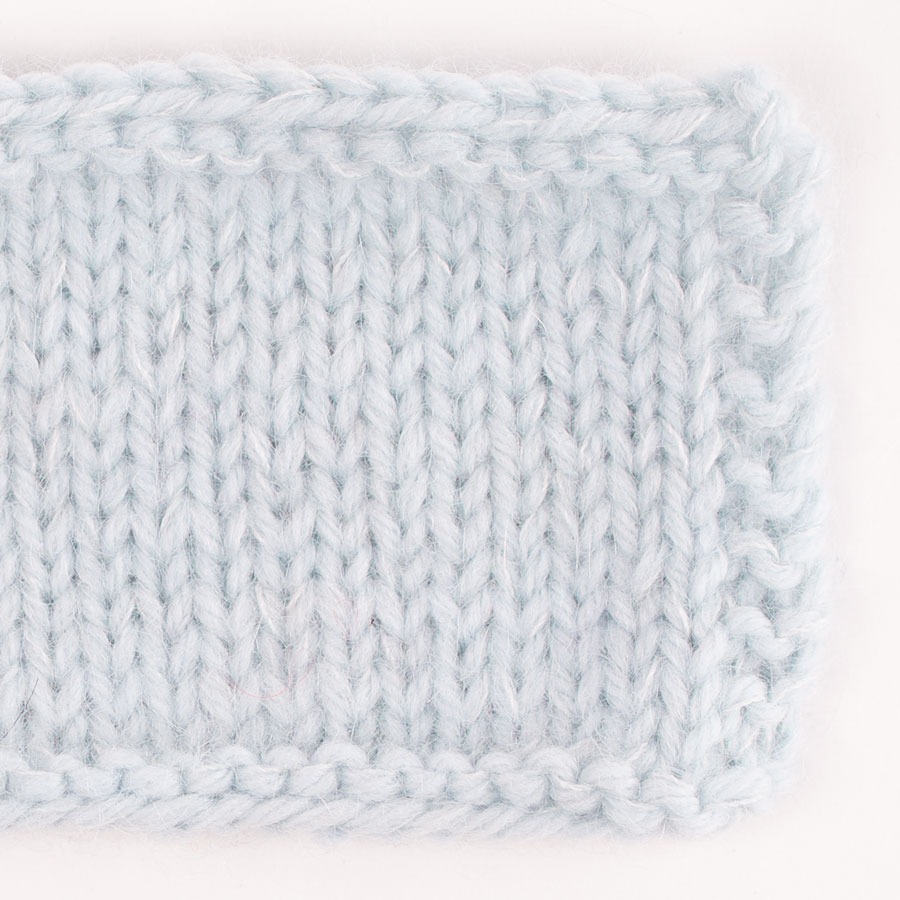
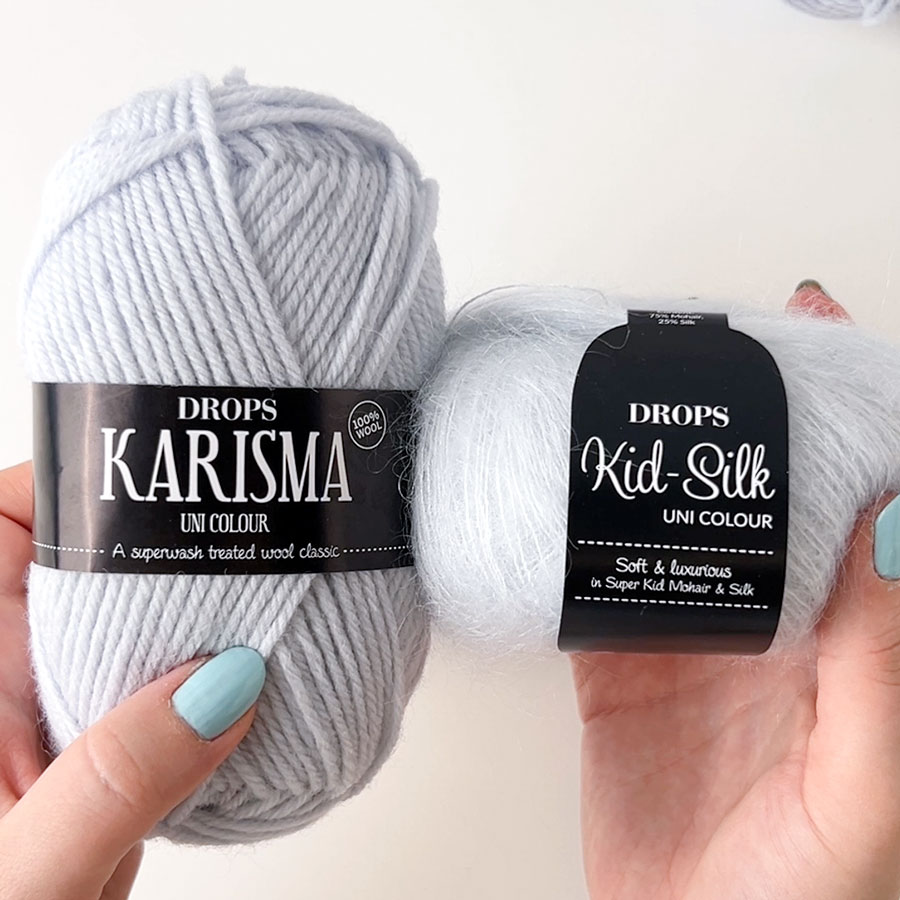

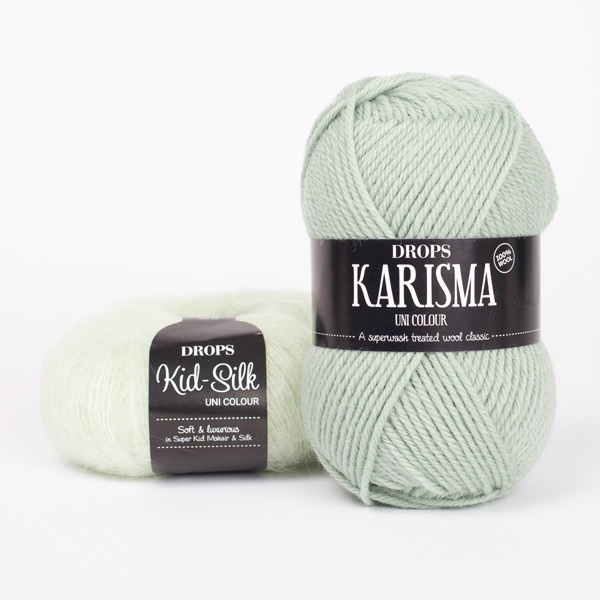
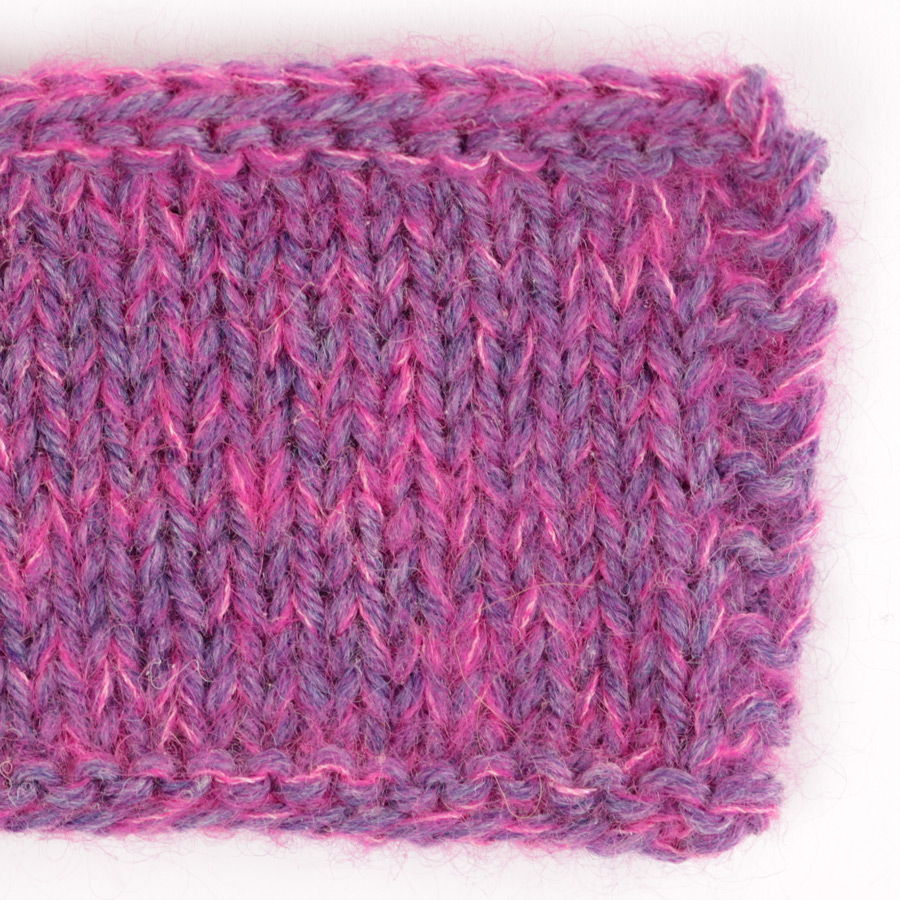
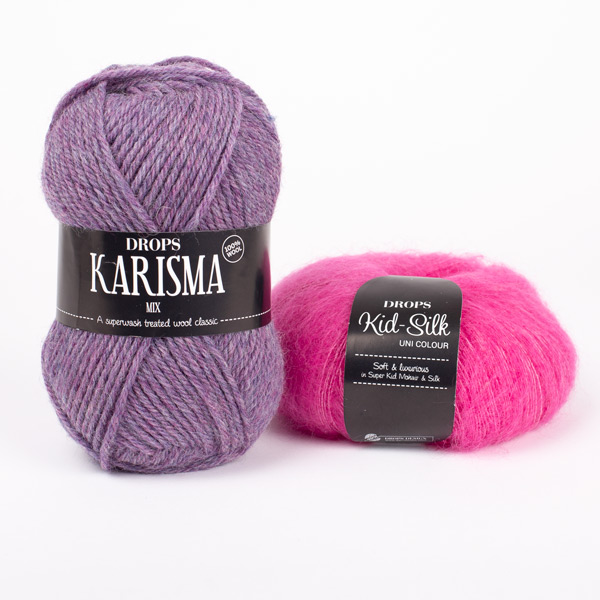
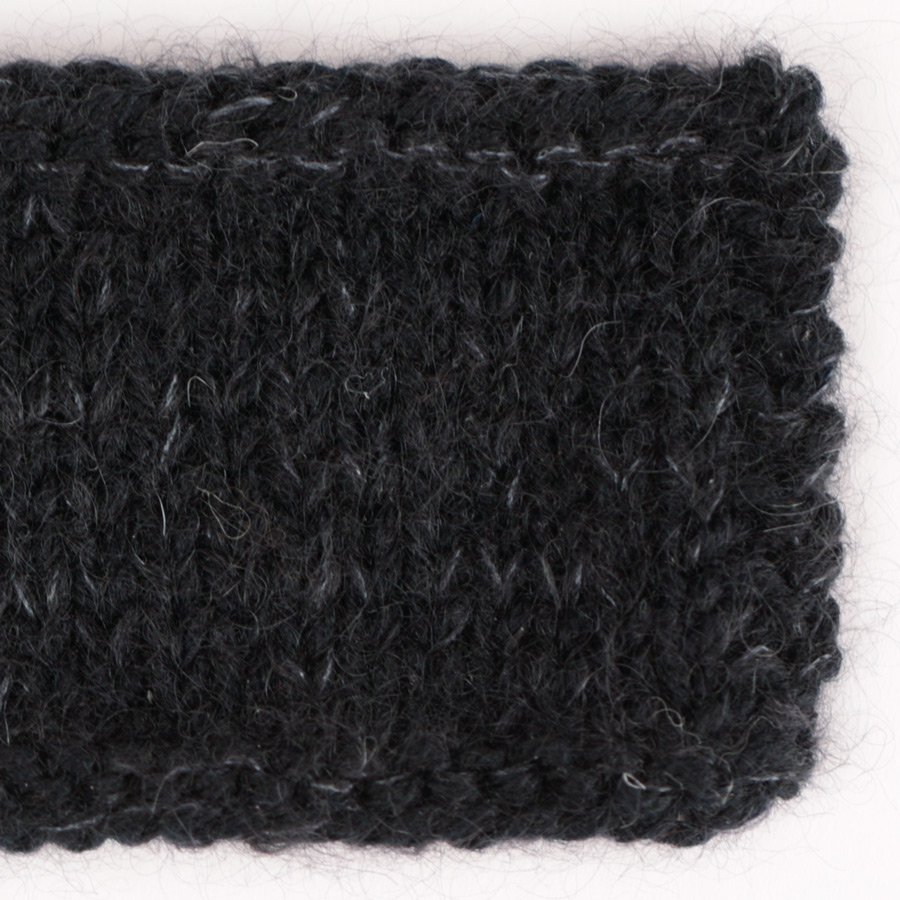
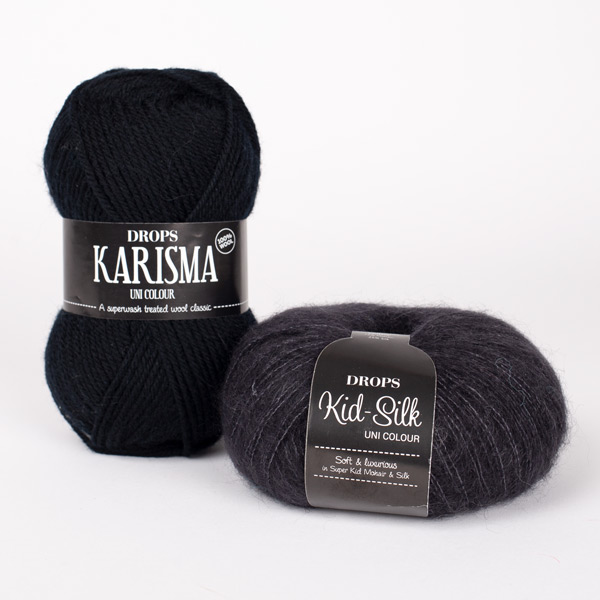
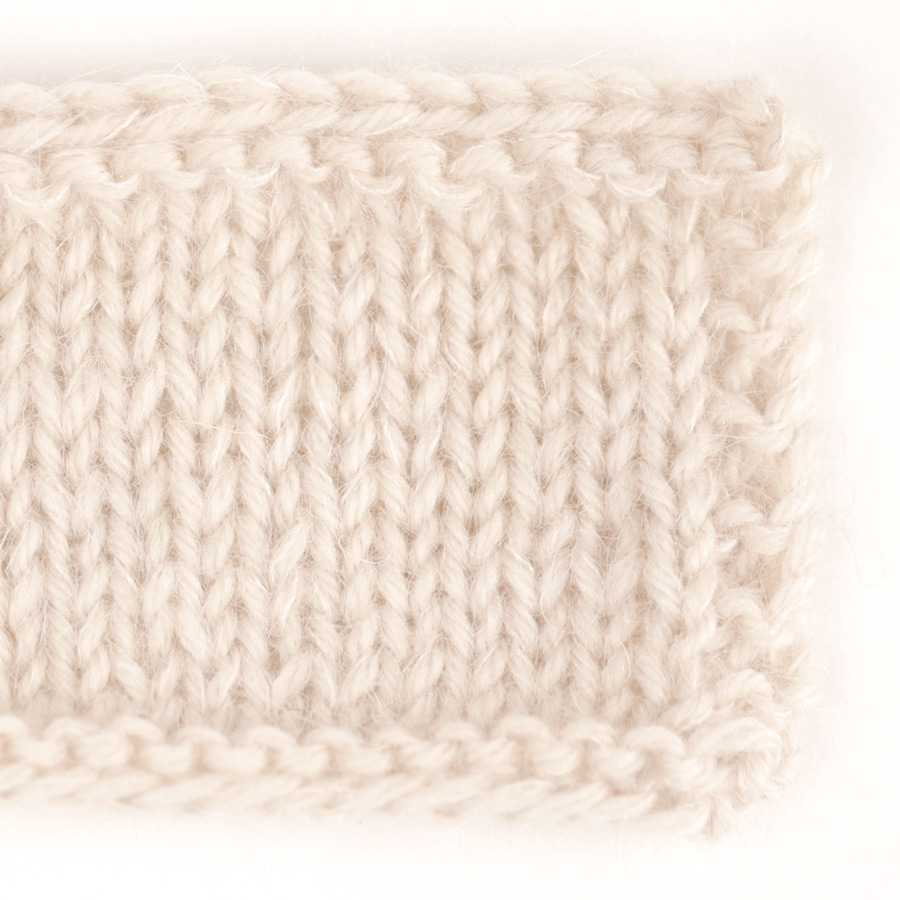

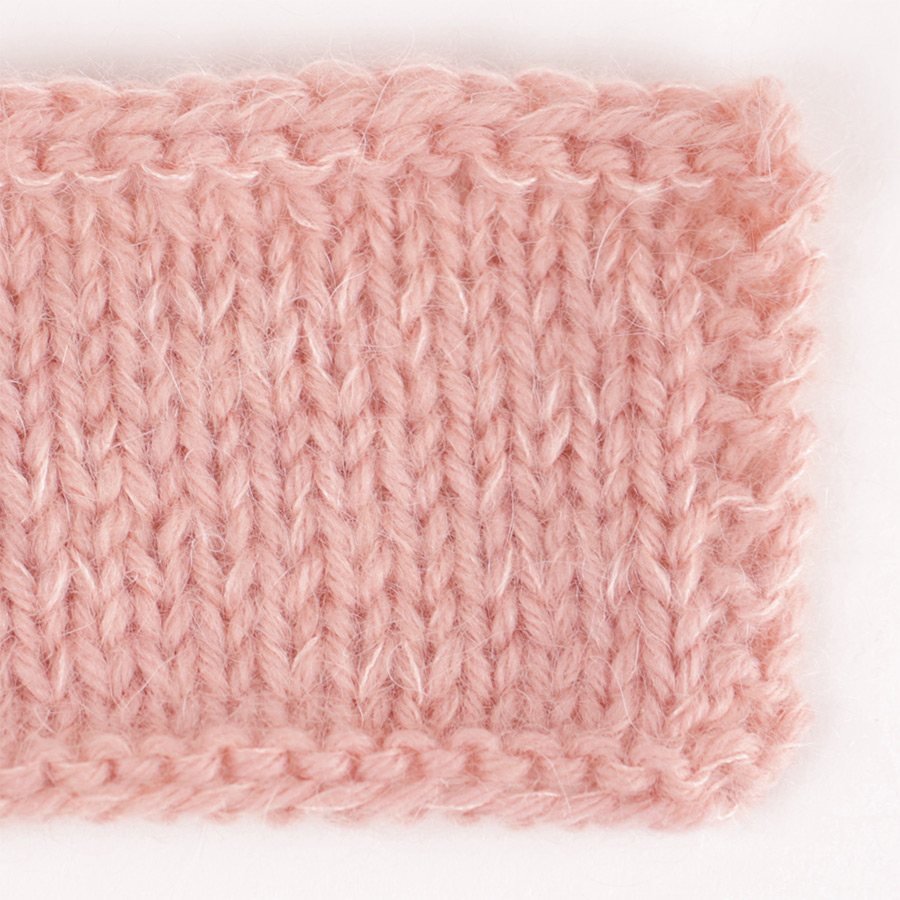
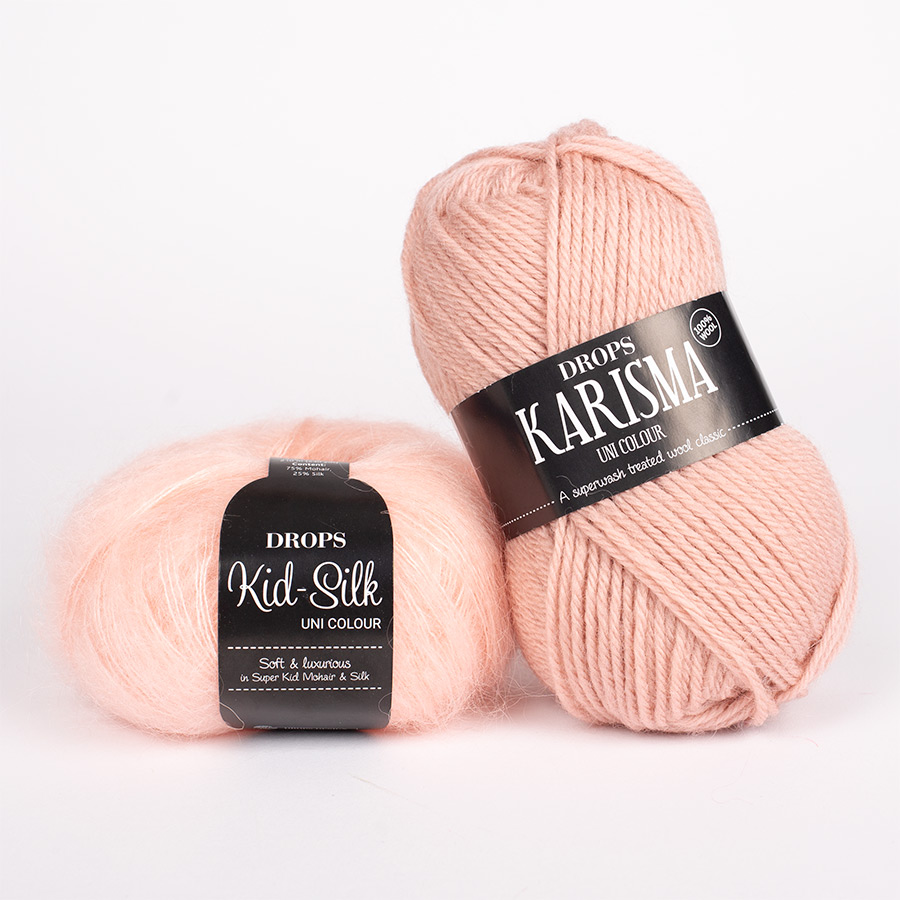

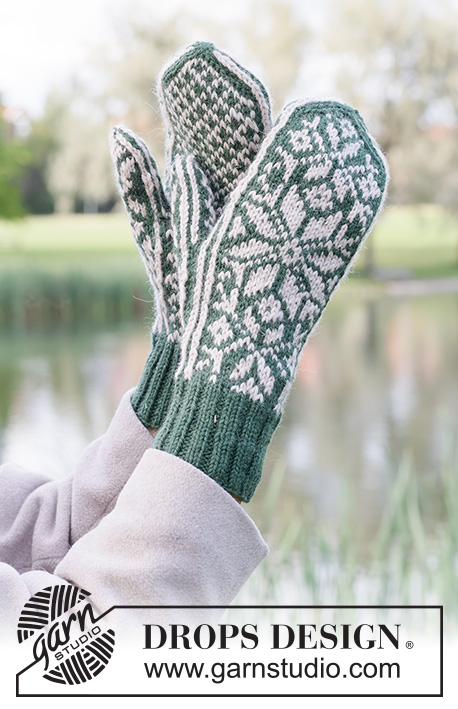






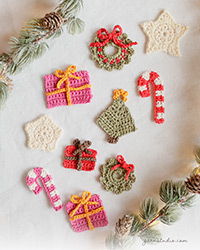

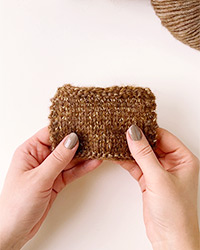
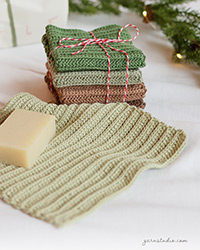
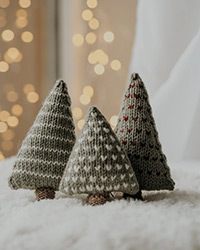
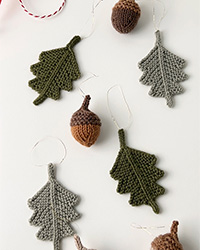
Hur beställer jag garn?
12.06.2022 - 14:34